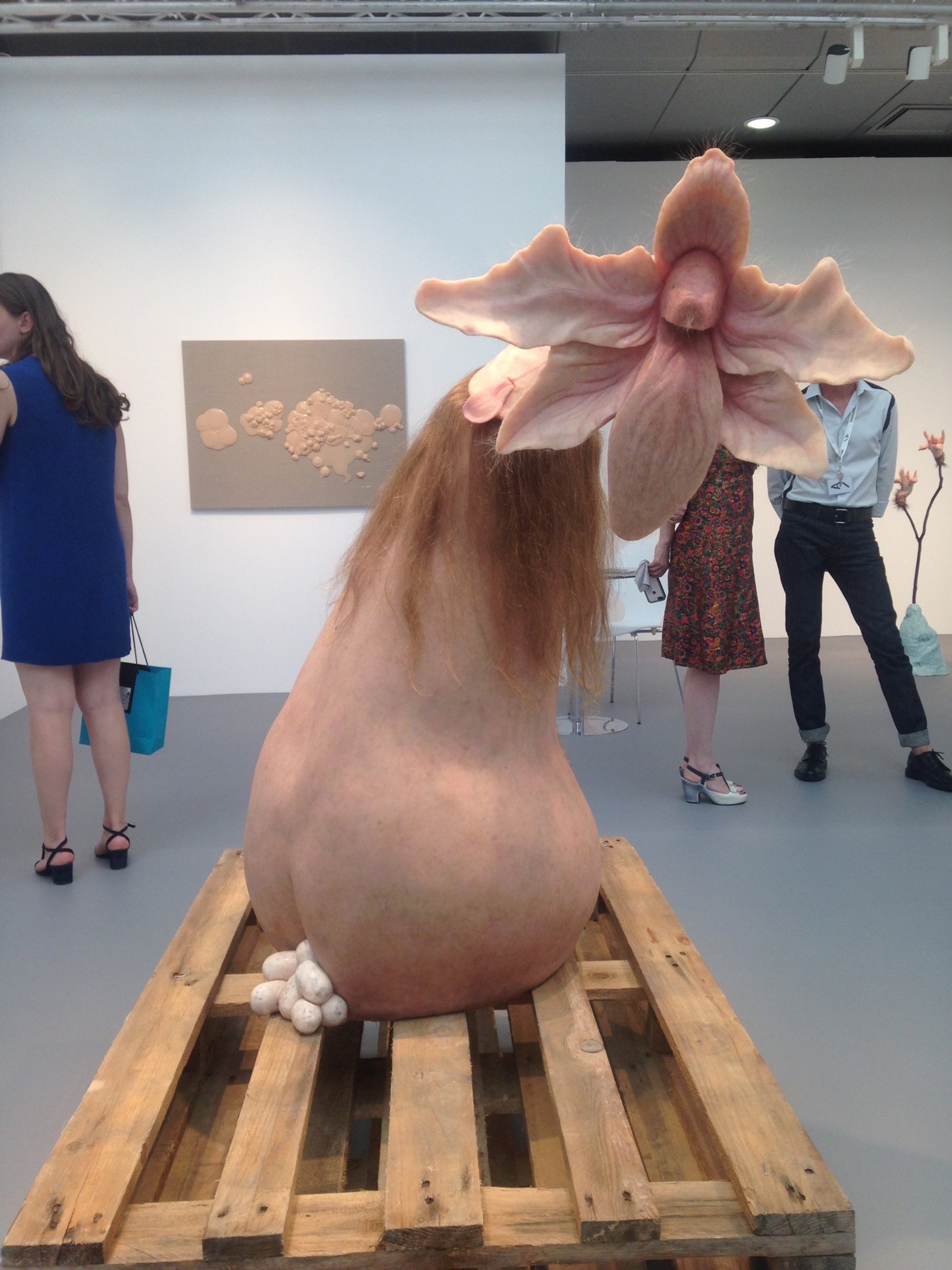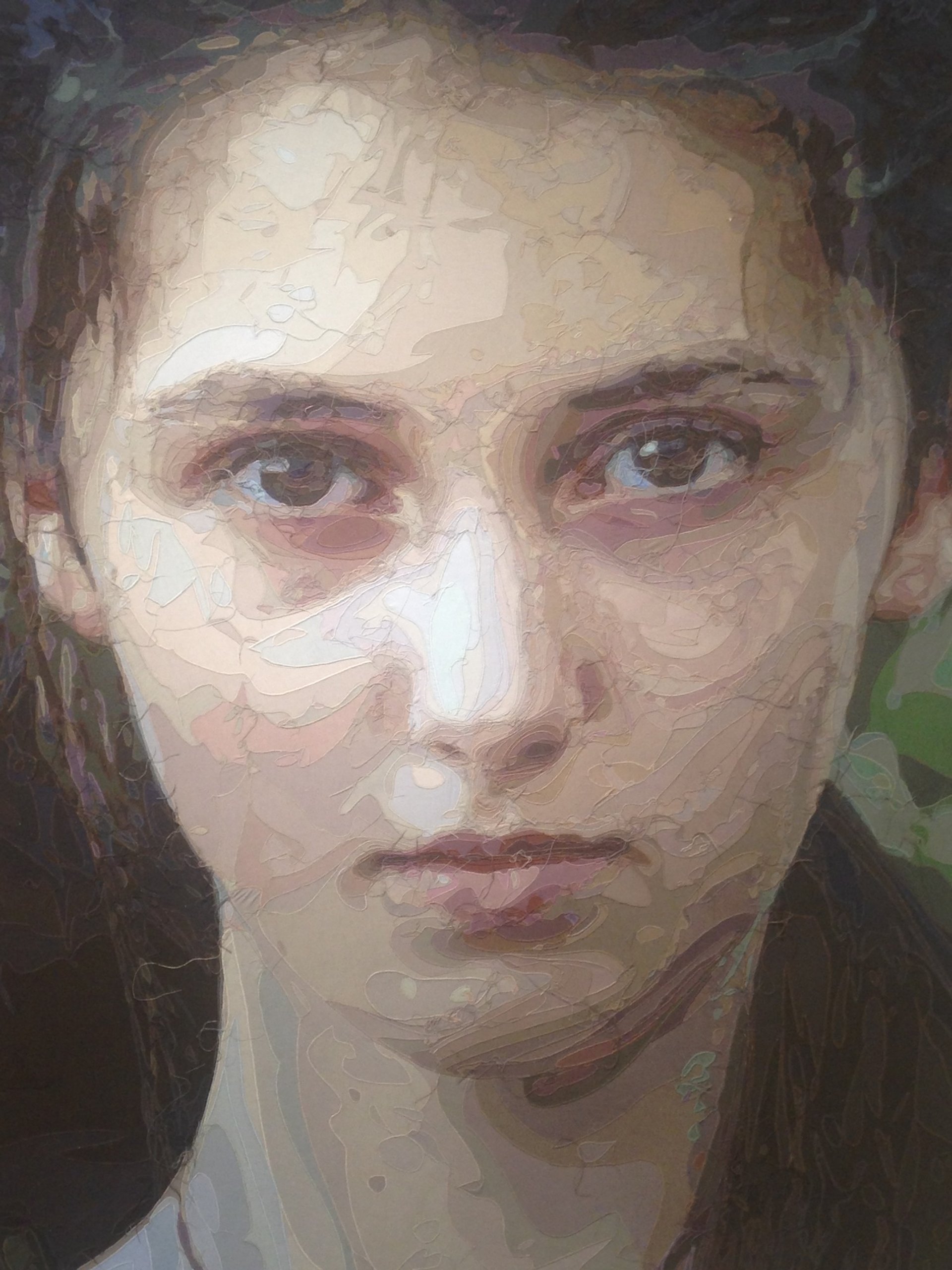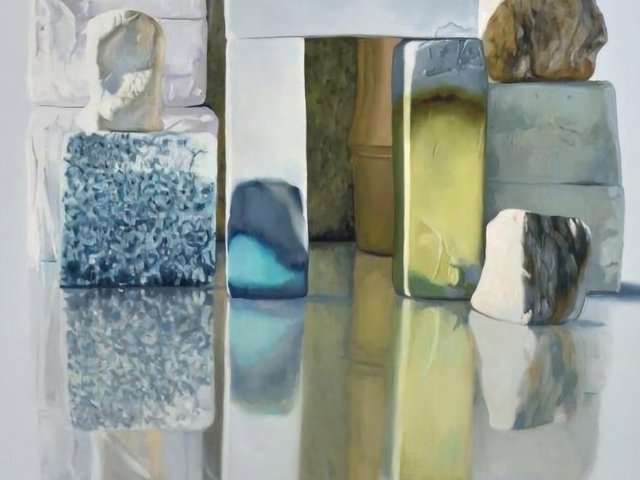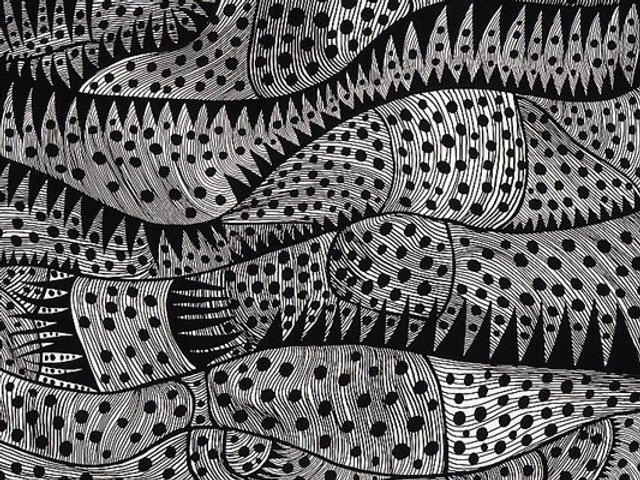The third edition of Art International, a contemporary art fair in Istanbul, opens to the public today, Saturday 5 September, on the same day as the city’s prestigious biennial.
The director of the Istanbul Biennial, Carolyn Christov-Bakargiev, has made no secret of her displeasure at the coincidence of the two events. “I can’t pretend the biennial welcomed the fact we are taking place at the same time,” says Sandy Angus, co-founder of the fair. Under sustained pressure from the biennial, Angus and his colleagues agreed to open the fair one day later than planned and are therefore left with an event which runs for only three days. This gives the 87 participating galleries significantly less time to sell their wares. “They put us in a very difficult position”, Angus says.
The biennal’s hostility may stem from concern that having another event at the same time as the international exhibition would dilute the biennial’s audience of international visitors in the opening days or somehow sully its reputation. (Christov-Bakargiev was not available to comment in the time available.) But Angus believes it is disingenuous to suggest that the “fair is commercial and the biennial is not” noting that the biennial is “increasingly reliant on funding from galleries, several of which are here at the fair.”
Dealers taking part in Art International described the biennial’s attitude as unhelpful. “We support non-commercial exhibitions very much, it would be nice to have some support in return,” says the newcomer Jana Suhani Soin of Aicon Gallery in New York who is showing a stunning lattice-work steel cube which recalls traditional Islamic patterns by the Pakistani-born artist Anila Quayyum. Suspended from the ceiling and illuminated from within, the piece casts decorative shadows on the surrounding walls and is in an edition of five.

“We’re bringing traffic to the biennial,” says Todd Hosfelt of the eponymous San Francisco gallery who has participated in Art International from the first edition in 2013. “What we’re all trying to do is just present our work to the public,” adds the dealer who has mounted an ambitious solo show of drawings, paintings, and sculptures by the Australian artist Patricia Piccinini. Hosfelt describes her work, which explores the ambiguities of scientific progress and its impact on humanity, as “not easy to sell but really important for people to see”, emphasising that not all decisions taken by galleries are commercially driven.

“There should be no war between the art fair and the biennial,” says Patrice Cotensin of Galerie Lelong from Paris. “A good art fair could be very good for the biennial,” he adds. He is showing work by the Turkish artist Ramazan Bayrakoglu including a canvas which depicts the face of young woman. The image, based on a photograph, has been reconstructed by sewing together around 200 pieces of differently-coloured fabric. Contensin describes the artist as “already famous in Turkey” and next week the gallery will open Bayrakoglu’s first solo show outside the country in their Parisian headquarters.
On the rise
The fair’s VIP preview day on Friday was well attended with numerous international visitors spotted strolling the aisles including the Swiss collector Uli Sigg, the Iranian-born, London-based Fatima Maleki, and the Belgian collector Alain Servais. Some galleries reported strong sales, including first-time participant Victoria Miro from London who quickly found buyers for a painting by Yayoi Kusama priced “between $400,000 and $600,000”, two tapestries by Grayson Perry, and three works by Idris Khan, according to the gallery’s Fabian Lang.
For others, business was slower. The key to doing well here, says Cotensin of Galerie Lelong, is cultivating relationships with local buyers in advance of the fair. “Coming to Istanbul without already knowing one or two Turkish collectors is difficult,” he says.
Overall the quality of the stands was good with several solo shows and many installations, sculptures and videos on offer. Numerous dealers described the fair as much more international than its older counterpart, Contemporary Istanbul, which takes place in November and is celebrating its tenth anniversary this year. “Istanbul is capable of creating the regional fair for this part of the world,” Angus says. For now Art International is “second-tier”, he adds, but “I’d love to think we can move into the exclusive company of events such as Art Basel and Frieze in the future.”




